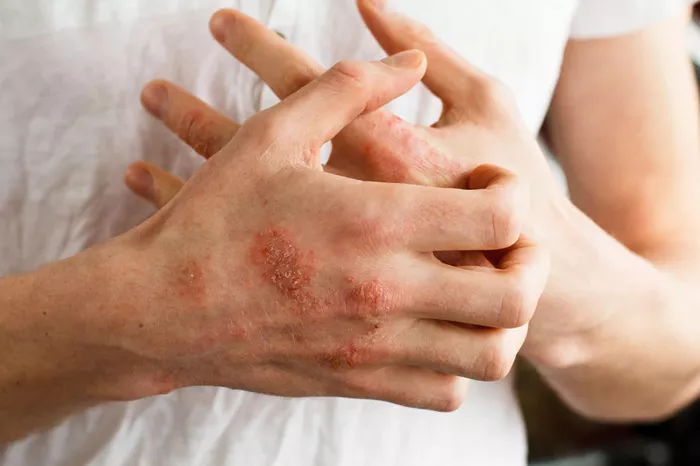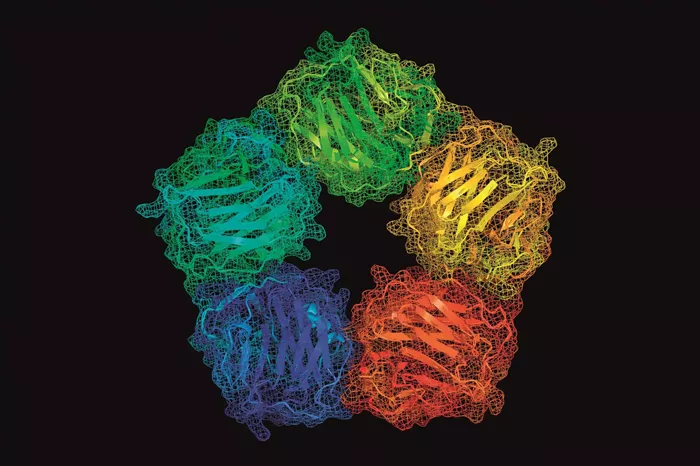Angioedema of the lips is a medical condition characterized by the rapid swelling of the deeper layers of the skin and mucosa, often affecting areas with loose connective tissue such as the lips. This condition can be both alarming and uncomfortable for patients, and understanding its duration, causes, and management strategies is crucial for effective treatment and patient reassurance. This article provides an in-depth analysis of angioedema of the lips, focusing on its duration, underlying causes, diagnosis, and management strategies.
Angioedema
Angioedema is a condition marked by sudden, severe swelling beneath the skin’s surface, often appearing around the eyes and lips, or in the throat, hands, feet, or genitals. While it shares some characteristics with hives, angioedema affects deeper layers and is generally not itchy. Understanding the specific characteristics and mechanisms of angioedema is crucial in managing this condition effectively.
Classification of Angioedema
Angioedema can be classified into several types based on its causes and underlying mechanisms:
Allergic Angioedema: Often associated with allergies to foods, medications, or other substances, this type involves an immune response.
Hereditary Angioedema (HAE): A rare genetic condition characterized by recurrent episodes of severe swelling.
Acquired Angioedema: Similar to hereditary angioedema but develops due to certain cancers or autoimmune disorders.
Drug-induced Angioedema: Commonly triggered by medications, including ACE inhibitors used in treating hypertension.
Understanding the type of angioedema is crucial for determining the appropriate treatment strategy and predicting the condition’s duration.
Angioedema of the Lips: Duration and Triggers
Typical Duration of Episodes
The duration of angioedema of the lips can vary significantly based on the underlying cause. In general, episodes can last anywhere from a few hours to several days. Most angioedema cases related to allergic reactions or drug reactions typically resolve within 24 to 72 hours with appropriate treatment. Hereditary and acquired forms may last longer and often require specific treatments.
Common Triggers
Identifying triggers is a key component in managing angioedema effectively. Common triggers include:
Allergens: Food, animal dander, pollen, and insect stings can trigger allergic angioedema.
Medications: ACE inhibitors and NSAIDs are known to induce angioedema.
Physical Factors: Extreme temperatures, pressure, or trauma can occasionally provoke episodes.
Stress: Emotional or physical stress may trigger angioedema in some individuals.
Diagnosis of Angioedema
Accurate diagnosis is crucial for effective management of angioedema. Diagnosis typically involves a detailed medical history, physical examination, and sometimes specific tests.
Diagnostic Procedures
Medical History: Includes questions about previous episodes, family history, known allergies, and medication use.
Physical Examination: Focuses on areas of swelling and other physical signs.
Blood Tests: Can identify underlying health issues or genetic markers for hereditary angioedema.
Allergy Testing: Helps pinpoint specific allergic triggers.
Treatment and Management Strategies
Treatment of angioedema focuses on both immediate management of symptoms and long-term prevention strategies.
Immediate Management
Antihistamines and Corticosteroids: Used to reduce swelling and other allergic symptoms.
Epinephrine: Administered in severe cases, particularly if there is throat swelling or difficulty breathing.
Pain Relief: Analgesics may be used to manage discomfort associated with swelling.
Long-Term Management
Avoidance of Known Triggers: Essential for preventing future episodes.
Medication Adjustments: Changing or discontinuing medications that might cause angioedema.
Prophylactic Treatment: Especially in hereditary angioedema, preventive medication can reduce the frequency and severity of attacks.
Patient Education and Lifestyle Modifications
Educating patients about their condition, potential triggers, and symptoms that should prompt immediate medical attention is crucial. Lifestyle modifications, such as avoiding known allergens and wearing medical alert bracelets, can significantly improve quality of life and reduce the risk of severe episodes.
Conclusion
Angioedema of the lips is a potentially serious condition that can significantly impact patient well-being. Understanding the duration of angioedema episodes and the factors that influence this duration is crucial for effective management. Through appropriate diagnosis, prompt treatment of acute episodes, and strategic long-term management, patients can achieve considerable relief and prevent future episodes. Continual research and patient education are essential to improving outcomes for individuals suffering from angioedema.
[inline_related_posts title=”You Might Be Interested In” title_align=”left” style=”list” number=”6″ align=”none” ids=”8369,8365,8361″ by=”categories” orderby=”rand” order=”DESC” hide_thumb=”no” thumb_right=”no” views=”no” date=”yes” grid_columns=”2″ post_type=”” tax=””]
































